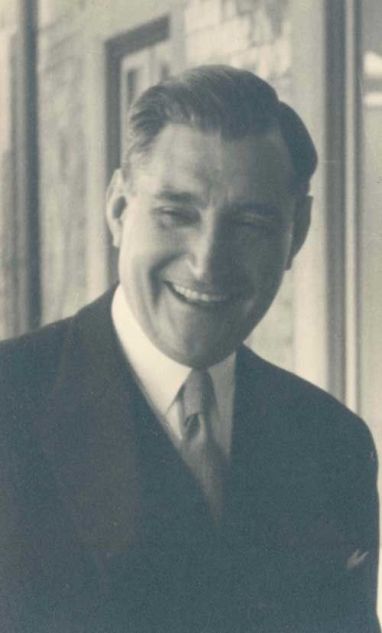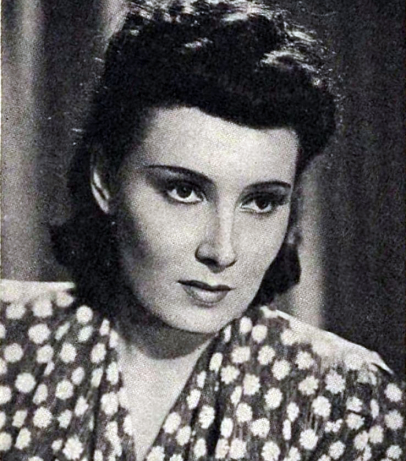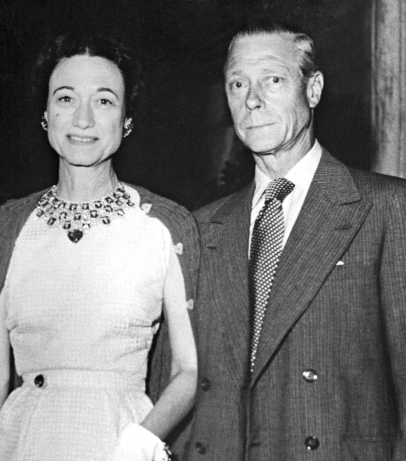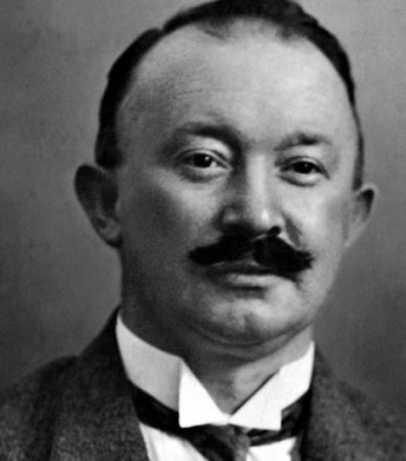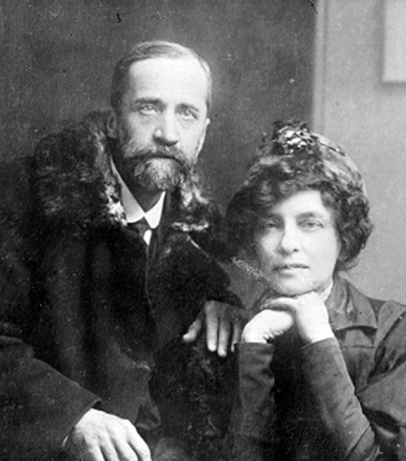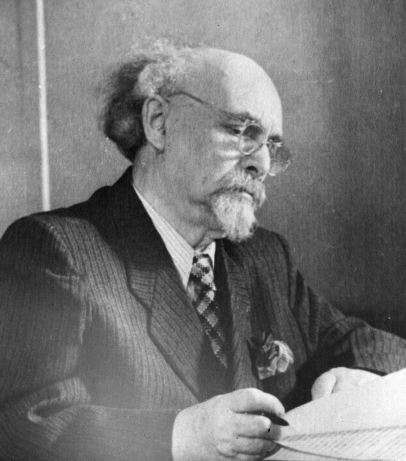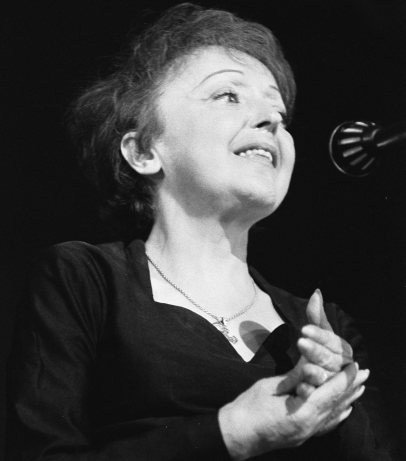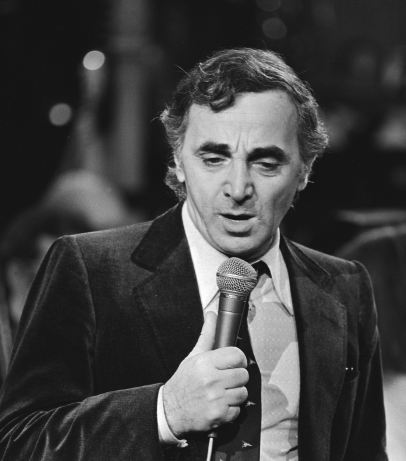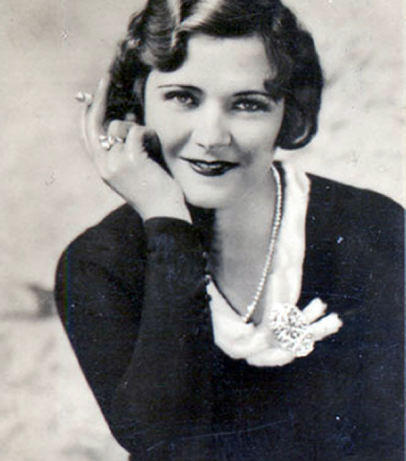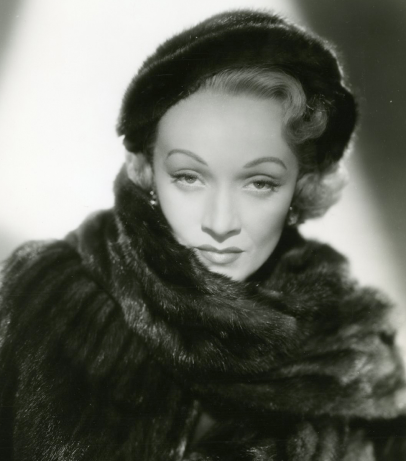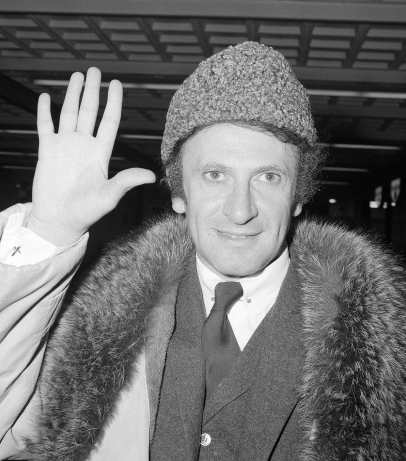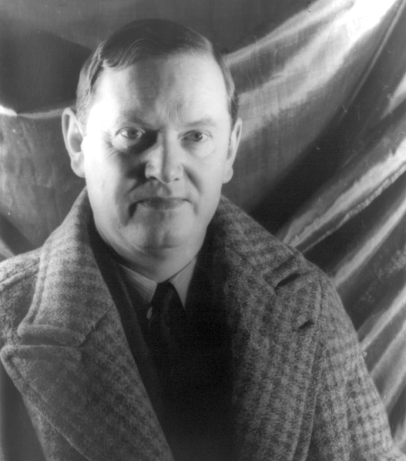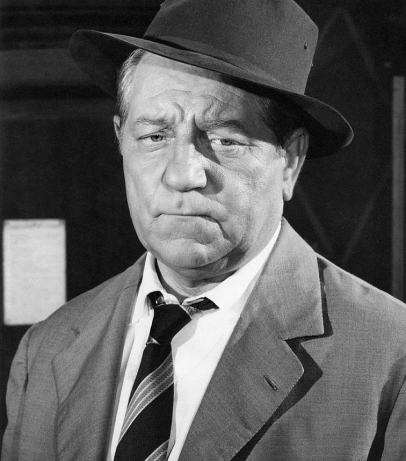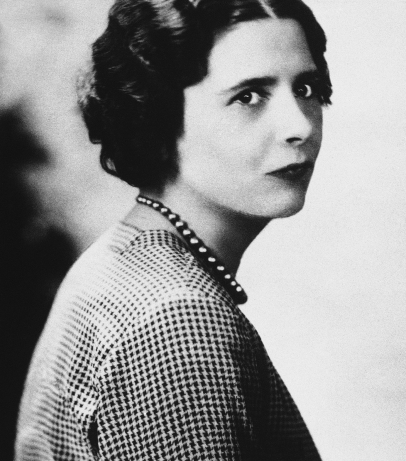On 7 September 1946, in Portugal, the Movement of Democratic Unity (Movimento de Unidade Democratica or MUD) started a propaganda campaign against the political regime of António Salazar, preceding an attempted military coup in 10 October 1946.
The dictator António de Salazar had nearly unlimited power. His regime was not as brutal as the regimes of Francoist Spain or Fascist Italy, but Portugal still remained an authoritarian country. People’s fundamental rights and freedoms were infringed. All forms of civic activity and public policy were suppressed, which ended tragically for activists. In Portugal, the opposition was persecuted until the end of the Salazar regime. The Tarrafal concentration camp on the Cape Verde Islands became a symbol of the regime for millions of Portuguese. Torture of prisoners was widespread and continued despite the ongoing Nuremberg trials of perpetrators of crimes against humanity, including torture in concentration camps.
The Second World War went by unnoticed for Portugal - the country remained completely neutral, the Portuguese took no part in it and nothing changed after the end of the war inside the country.
Repression in the country was carried out by the secret police, the PIDE, under the direct authority of the dictator. Salazar was personally responsible for the deaths of thousands of people who died in Tarrafal of yellow fever, and who were tortured and killed without trial. Salazar had no hesitation in expressing his credo: “Our position is anti-parliamentary, anti-democratic, anti-liberal, and on its basis we want to build a corporate state”.
The campaign resulted in numerous arrests and a new wave of repression. The toughest regime in Europe existed until 1974, when it was overthrown in the Carnation Revolution, four years after the death of the decrepit dictator.
Source:
Rashid Kaplanov. Portugal after the Second World War (1945-1974). - M.: “Nauka”, 1992
